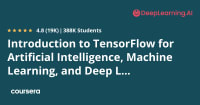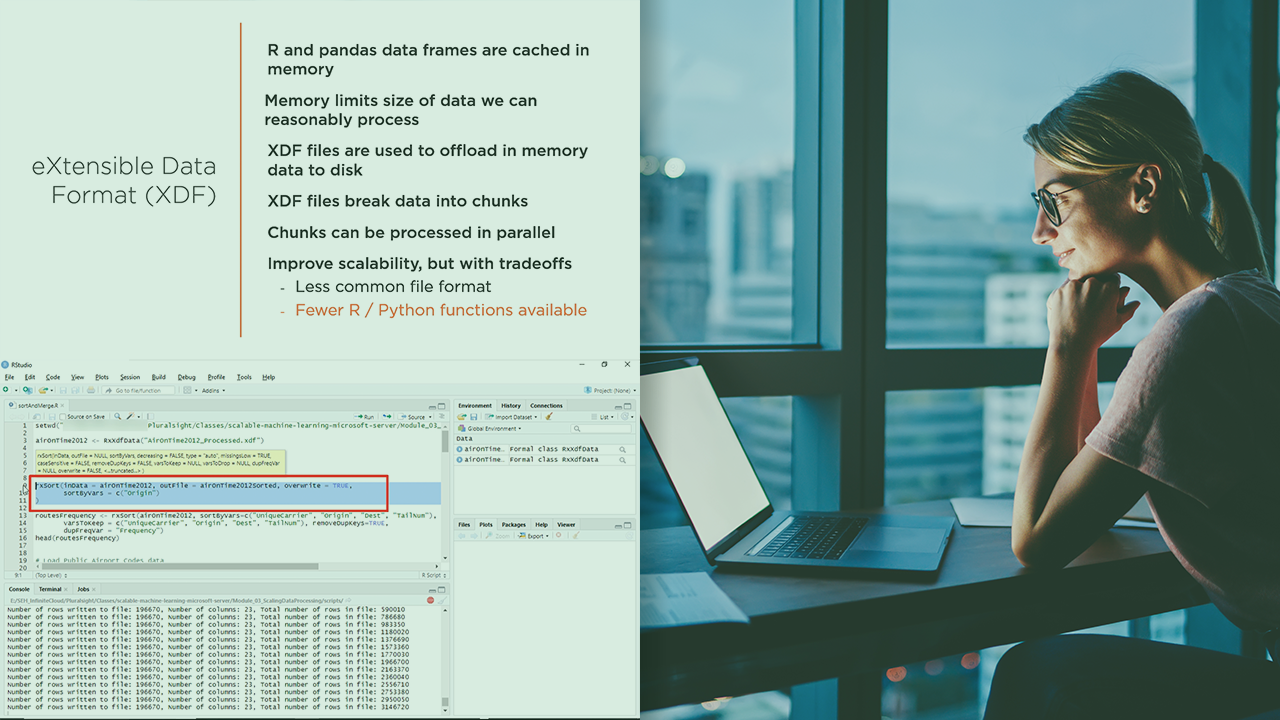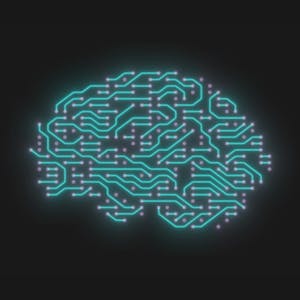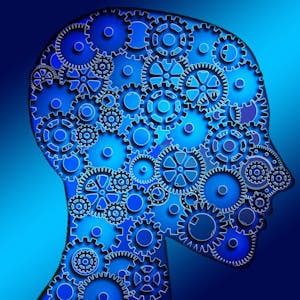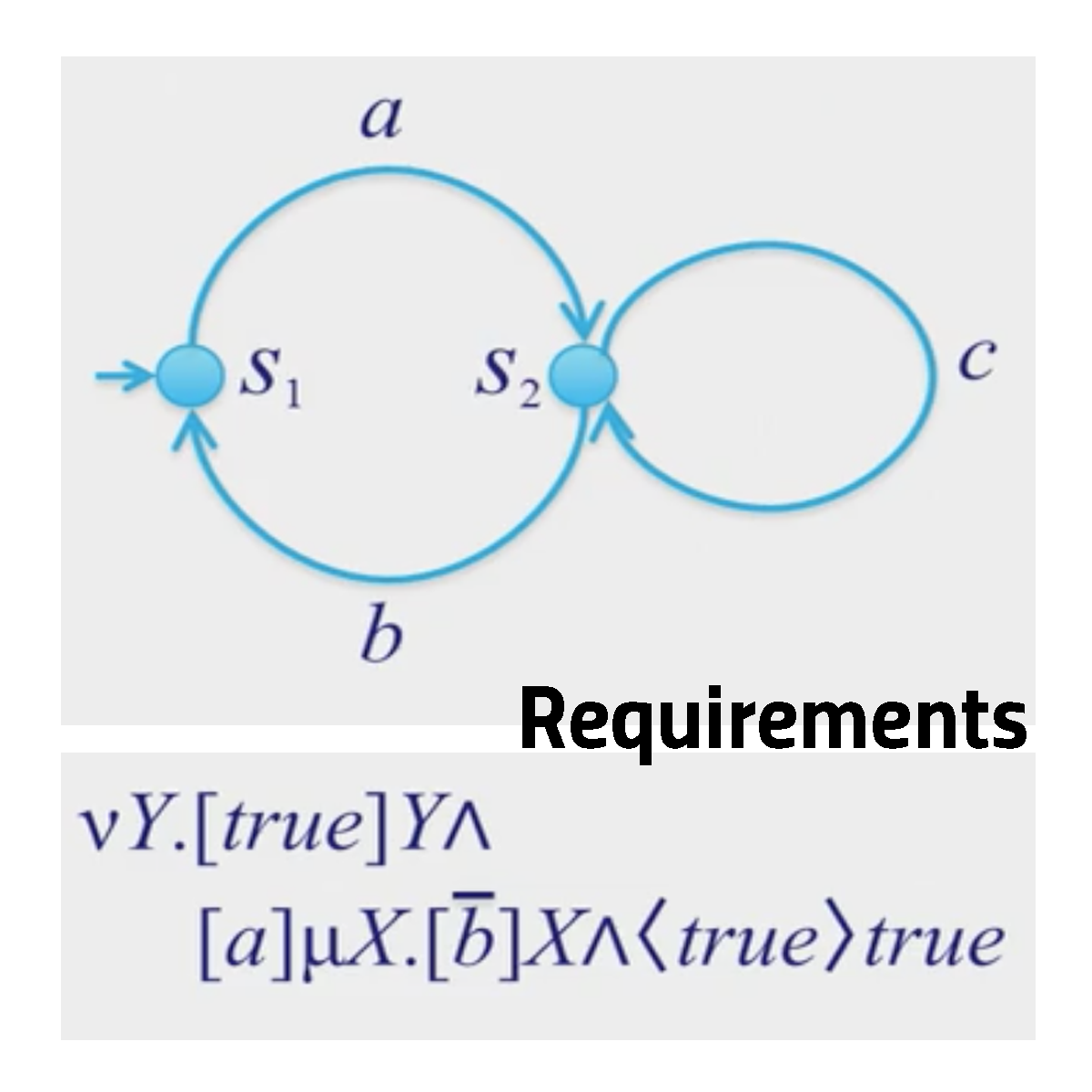Description
In this course, you will learn:
- What is Machine Learning?
- Common machine learning techniques for understanding human activities and sensor data, with a focus on classification, regression, and segmentation.
- The "machine learning pipeline" entails knowing how signals, features, algorithms, and models interact, as well as how to pick and configure each component of this pipeline to achieve appropriate analytical findings.
- Machine learning tools that are readily available (for example, Wekinator, Weka, and GestureFollower).
- Feature extraction and analysis approaches suitable for music, dance, gaming, and visual arts, particularly for human motion and audio analysis.
- How to integrate your machine learning techniques with popular digital arts programs like Max/MSP, PD, ChucK, Processing, Unity 3D, SuperCollider, and OpenFrameworks.
- Introduction to inexpensive and simple sensor technologies that can be utilized as inputs to machine learning algorithms.
Syllabus:
- Classification, Part I
- Regression
- Classification, Part II; Design Considerations
- Sensors and Features: Generating Useful Inputs for Machine Learning
- Working with Time
- Developing a Machine Learning Practice; Wrap-up

